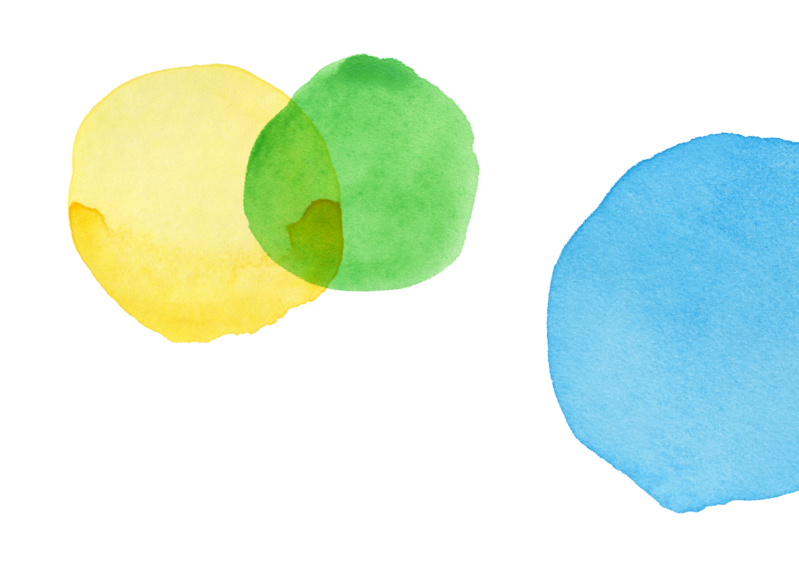Grade 4 - Claim 1 - Target I

 Back to Results
Back to ResultsMathematics
Target I
Solve problems involving measurement and conversion of measurements from a larger unit to a smaller unit.
Sample Item
Grade 4Test
Claim 1
Concepts and Procedures
Standards
MD-1
Know relative sizes of measurement units within one system of units including km, m, cm; kg, g; lb, oz.; l, ml; hr, min, sec. Within a single system of measurement, express measurements...
MD-2
Use the four operations to solve word problems involving distances, intervals of time, liquid volumes, masses of objects, and money, including problems involving simple fractions or decimals, and problems that require expressing...
MD-3
Apply the area and perimeter formulas for rectangles in real world and mathematical problems. For example, find the width of a rectangular room given the area of the flooring and the length, by...
Clarifications
Tasks for this target generally require students to solve straightforward one-step contextual word problems using the four operations in a situation involving one or more of the following: measurement conversion within a single system...
Range Achievement Level Descriptors
Evidence Required
1
The student converts measurements from larger units to smaller units within a single system of units.
2
The student records measurement equivalents in a two-column table.
3
The student identifies measurement quantities from diagrams, such as number line diagrams that feature a measurement scale, and uses the information to solve word problems.
4
The student uses the area and perimeter formulas for rectangles to solve problems in mathematical and real-world contexts.
Item Guidelines

Depth of Knowledge
M-DOK1
Recall includes the recall of information such as fact, definition, term, or a simple procedure, as well as performing a simple algorithm or applying a formula. That is, in mathematics a one-step, well-defined, and straight algorithmic procedure should be...
M-DOK2
Skill/Concept includes the engagement of some mental processing beyond a habitual response. A Level 2 assessment item requires students to make some decisions as to how to approach the problem or activity, whereas Level 1 requires students to demonstrate a...
Allowable Item Types
- Equation/Numeric
- Matching Tables
- Fill-In Table
Allowable Stimulus Materials
Number lines featuring measurement scales, diagrams, tables, graphics of rectangles, equations, whole numbers, decimals (to the hundredths), fractions (limited to denominators 2, 3, 4, 5, 6, 8, 10, 12, and 100), measurements (in units...
Key/Construct Relevant Vocabulary
equivalent, mass, volume, interval, area, perimeter, square units
Allowable Tools
None
Target-Specific Attributes
Conversion factors will not be given to students. All conversions are within one system of measurement, from a larger unit to a smaller unit. Multiplication items are limited to four-digit by one-digit or two-digit by two-digit....
Accessibility
Item writers should consider the following Language and Visual Element/Design guidelines [1] when developing items. Language Key Considerations: Use simple, clear, and easy-to-understand language needed to assess the construct or aid in the understanding of the...
Development Notes
Tasks written for Claims 2 and 4 will connect the concepts from this target to the operations described in 4.OA Target A and 4.NF Targets G and H. Items for which the student uses the...


Task Models
Task Model 1a

Item Types
Equation/NumericDepth of Knowledge
M-DOK1Standards
MD-1
Target Evidence Statement
The student converts measurements from larger units to smaller units within a single system of units.
Allowable Tools
None
Task Description
Prompt Features: The student converts measurements within one system of units. Stimulus Guidelines: Conversion must be from larger unit to smaller unit within the same system of measurement. Items will involve one of these: Distances (km, m, cm;...
Stimulus
The student is presented with a measurement.
Example 1
Example Stem 1: Enter the unknown number that makes the statement true.
3.5 centimeters = □ millimeters
Rubric: (1 point) The student enters the correct value (e.g., 35).
Example 2
Example Stem 2: Enter the unknown number that makes the statement true.
6 feet = □ inches
Rubric: (1 point) The student enters the correct value (e.g., 72).

